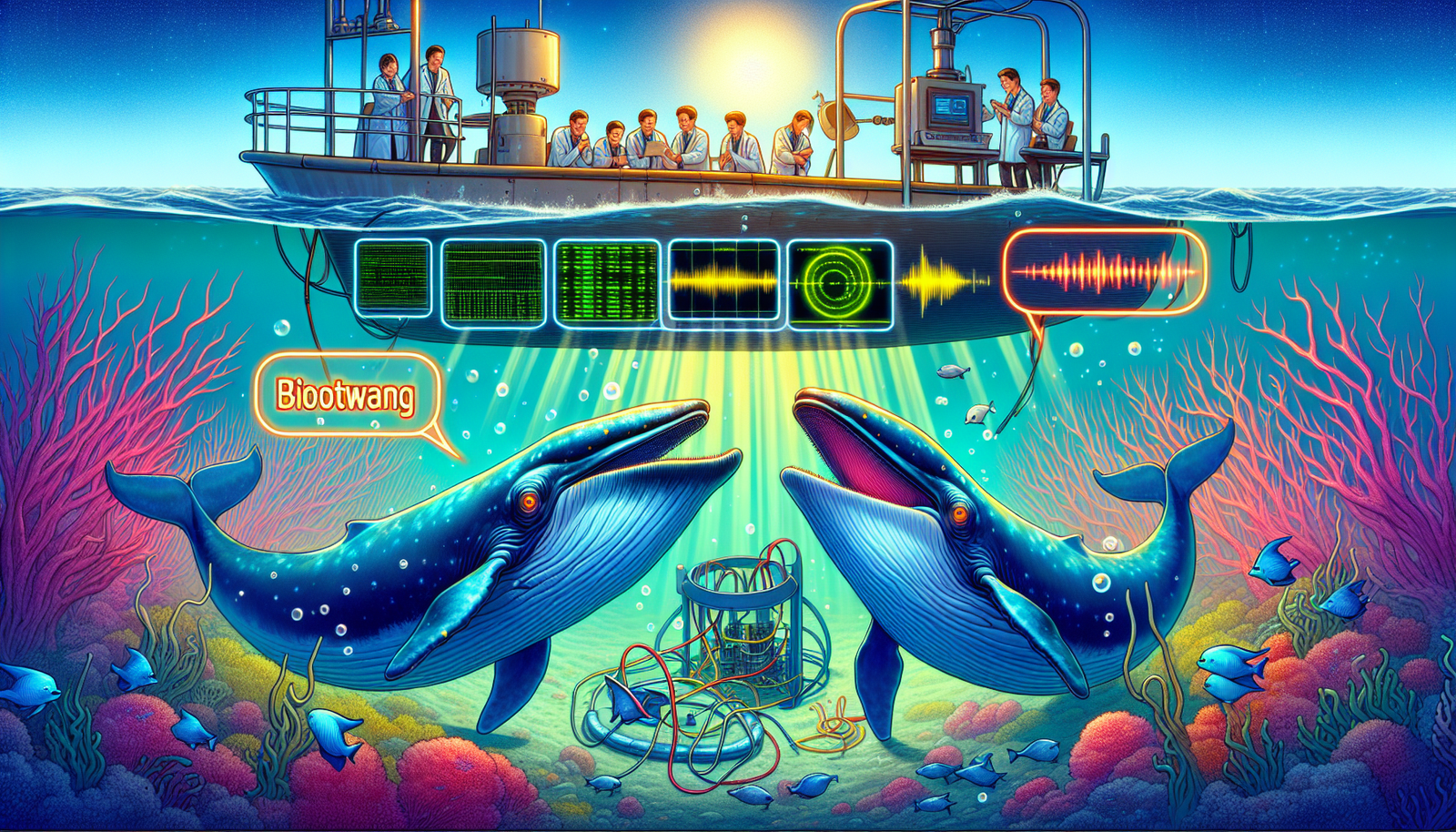Understanding Bryde’s Whale and the Biotwang Call
Recent research has unveiled a fascinating aspect of marine biology: the unique vocalization known as the “biotwang,” a sound produced by Bryde’s whales. This discovery highlights the growing importance of machine learning in interpreting animal communication and tracking wildlife populations.
What is the Biotwang?
Identified in 2014 during acoustic monitoring in the Mariana Archipelago, the biotwang was initially perplexing to researchers due to its mechanical quality, contrasting with typical whale calls. Characterized by both low and high-frequency components, this distinctive call lasts around 3.5 seconds and transitions from 30 Hz to a high-pitched sound reaching up to 8,000 Hz. Scientists were able to link it to Bryde’s whales (pronounced “broodus”) through visual sightings during subsequent surveys.
The Research Journey
A pivotal aspect of this research involved utilizing a machine-learning model to analyze extensive datasets of whale vocalizations. With over 200,000 hours of recordings cumulatively examined, this model was initially trained on humpback whale songs but was adapted to recognize the biotwang. This adaptation is significant for understanding the behaviors and migrations of Bryde’s whales, especially under changing climate conditions.
Collecting Data
Through visual surveys, researchers spotted multiple Bryde’s whales and recorded their calls, confirming the hypothesis that the biotwang is indeed a form of communication among them. The vocalizations serve different purposes—ranging from mating calls to contact calls, which indicates the communication complexity of these marine mammals.
Implications of the Findings
With the biotwang identified, scientists are optimistic about improving tracking and monitoring of Bryde’s whale populations as their habitats shift due to climate change. The research suggests that during strong El Niño years, these whales might exploit different habitats, further highlighting the dynamic changes in marine ecosystems.
Conclusion
The study of the biotwang not only enhances our understanding of Bryde’s whales but also exemplifies the role of technology in wildlife conservation. The results underscore the potential of machine learning to aid biologists in unraveling the mysteries of animal communication and the ecological challenges posed by global climate shifts. As researchers continue to explore these new frontiers, we gain invaluable insights into the lives of these majestic creatures and the environments they inhabit.

